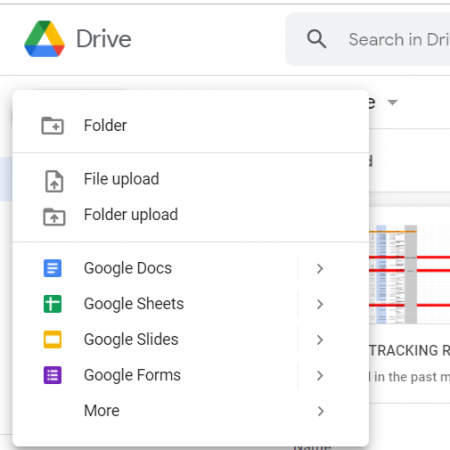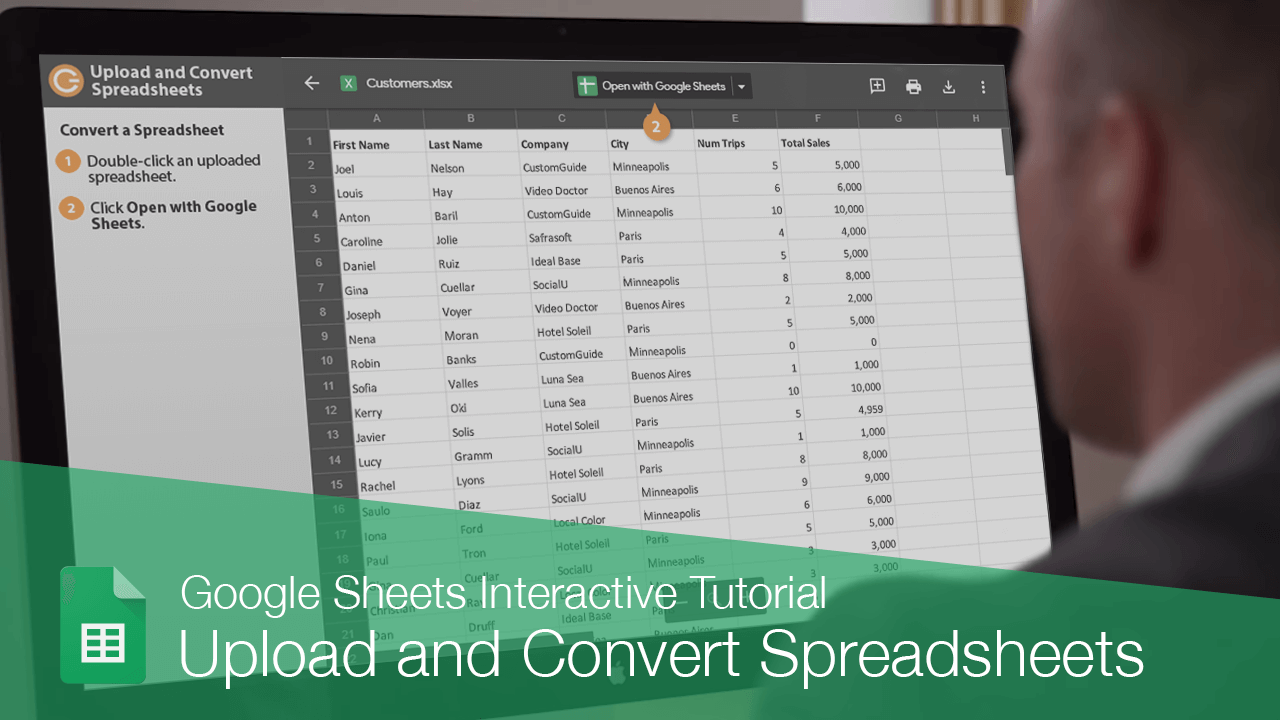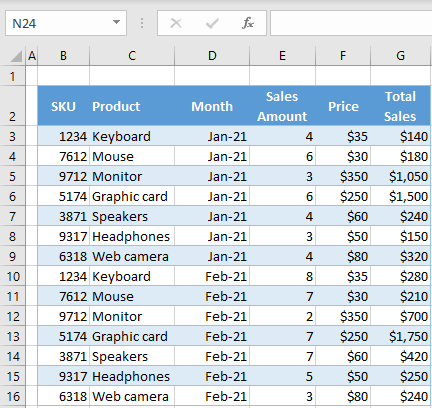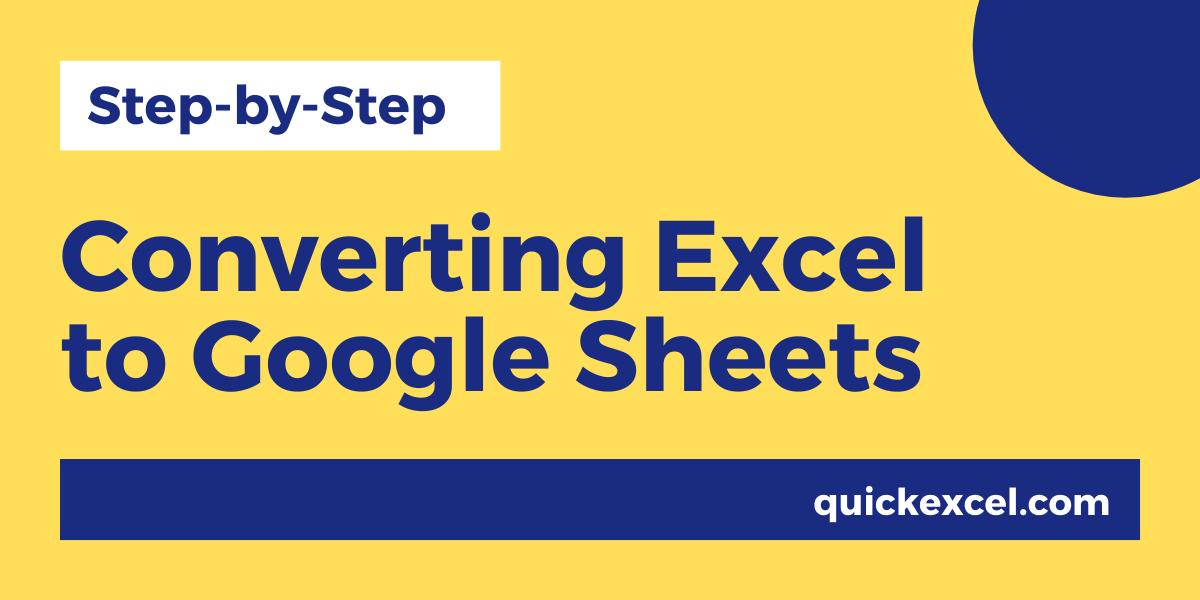Excel to Google Sheets: Easy Conversion Guide

Switching from Microsoft Excel to Google Sheets can be a seamless transition if you understand the key steps involved. Whether you are transitioning due to collaboration needs, cost considerations, or simply seeking a more cloud-based environment, this guide will ensure you make the move efficiently.
Why Move to Google Sheets?

The shift towards cloud-based applications is undeniable, and Google Sheets offers several advantages:
- Real-time Collaboration: Multiple users can work on the same document simultaneously.
- Accessibility: Accessible from any device with an internet connection.
- Free: No need for a subscription if you’re using it for personal or small-scale business use.
- Integration: Seamless integration with other Google services like Google Drive, Google Forms, and Google Apps Script.
Preparation Before Converting Excel Files

Before you begin the conversion process:
- Check for compatibility issues. Excel and Google Sheets have some differences in function names and features.
- Back up your Excel files to prevent data loss during conversion.
- Ensure your Excel workbook doesn’t contain external links or connections to external databases that might not transfer smoothly.
Step-by-Step Conversion Process

1. Uploading Excel Files to Google Drive

Log into Google Drive:
- Click on the ‘New’ button on the top left.
- Choose ‘File upload’.
- Navigate to your Excel file and select it for upload.
🔍 Note: Large files might take longer to upload. Keep your internet connection stable during this time.
2. Converting Files to Google Sheets

Once your file is in Google Drive:
- Right-click on the file and select ‘Open with’ then ‘Google Sheets’.
- Google Sheets will automatically convert your Excel file into a Google Sheets format.
- Review the converted file for any formatting or formula discrepancies.
3. Handling Differences and Compatibility Issues

Common issues and how to address them:
| Issue | Solution |
|---|---|
| Formula syntax differences | Check function names and adjust as needed. Google Sheets uses SUMIF instead of SUMIFS, etc. |
| Formatting | Reapply formatting manually or use conditional formatting rules. |
| Add-ins and Macros | Replace Excel macros with Google Apps Script or find alternative add-ons. |

💡 Note: For advanced users, consider using Google Apps Script to automate repetitive tasks.
Best Practices Post-Conversion

After conversion, here are some tips to keep your Google Sheets data organized:
- Name and Organize: Rename your files appropriately and organize them in folders for easy access.
- Permissions and Sharing: Set sharing permissions to control who can view or edit your data.
- Version History: Use Google Sheets’ version history to track changes or revert to earlier versions.
- Updates and Backups: Regularly back up critical data and keep your Google Sheets updated to ensure compatibility with new features.
Advanced Features to Explore in Google Sheets

Once you’re comfortable with the basics, dive into:
- Custom Functions: With Google Apps Script, you can write custom functions to fit your specific needs.
- Data Validation: Improve data integrity by setting validation rules for cells.
- Pivot Tables and Charts: Google Sheets offers dynamic pivot tables and an array of chart types for data analysis.
- Integration with Other Google Services: Use Google Sheets data in Docs or create email automations with Gmail.
After converting your Excel files to Google Sheets, you'll discover a platform designed for modern work environments. The collaborative capabilities, alongside its integration with other Google services, make it an invaluable tool for both personal productivity and business operations. The transition might require some adjustment due to feature differences, but the benefits of cloud-based data management and accessibility are well worth the effort.
What happens to my Excel formulas when converting to Google Sheets?

+
While most formulas convert well, some might need manual adjustments due to differences in syntax or function availability. Google Sheets will attempt to auto-convert basic functions but might not handle complex nested formulas accurately.
Can I still use my Excel macros in Google Sheets?

+
No, Excel macros won’t transfer over. However, you can recreate functionality with Google Apps Script, which allows for custom scripting to automate tasks in Google Sheets.
How secure is Google Sheets for sensitive data?

+
Google Sheets provides various security measures like encryption in transit and at rest, access control, and audit logs. For highly sensitive data, consider additional security measures or using Google’s Enterprise solutions.



